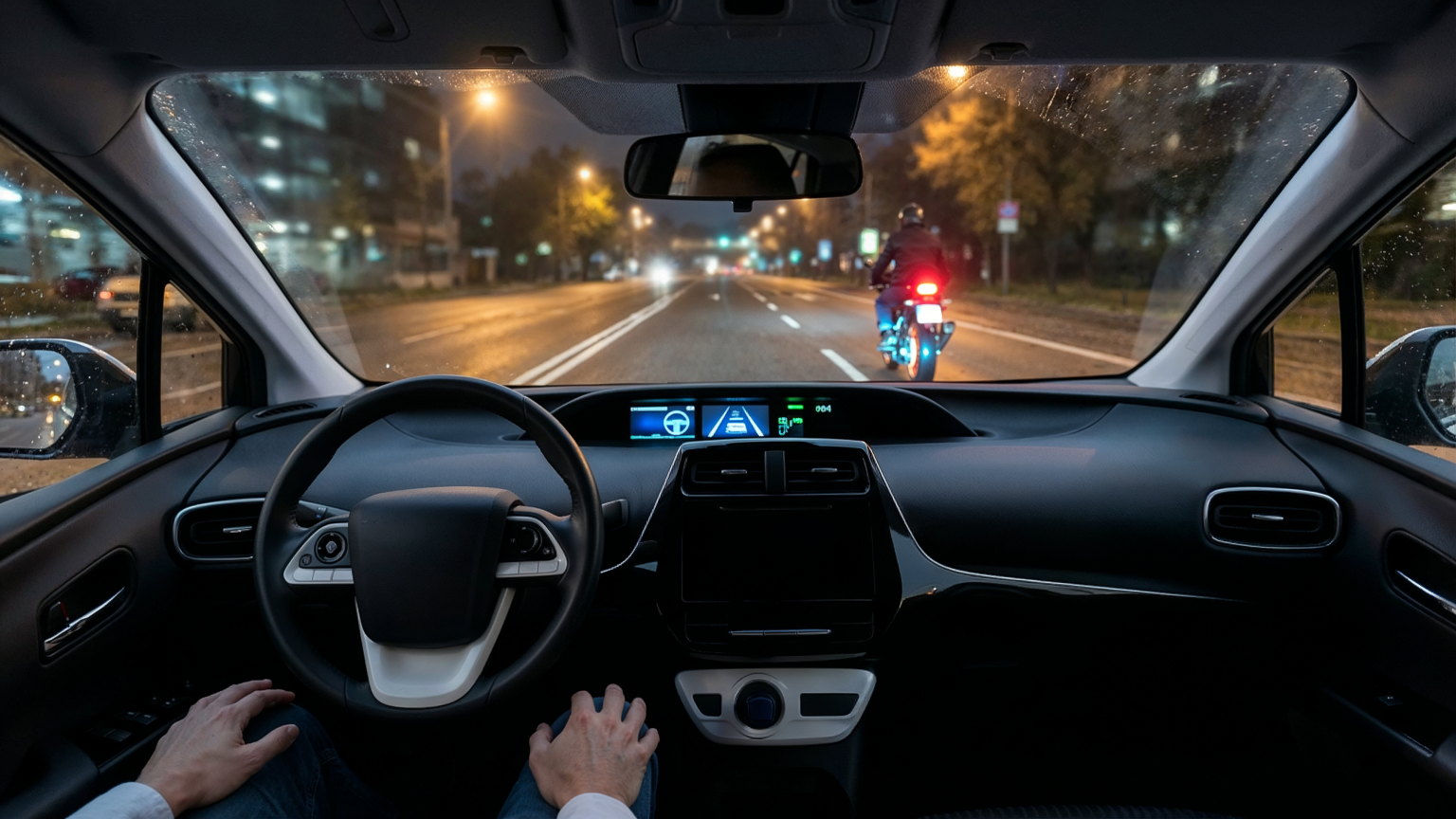- RDW wants to comprehensively test safety for motorcyclists before EU approval
- Several fatal accidents in the US involving Tesla’s Autopilot and motorcycles
- System must first convincingly meet all approval criteria
Tesla is working intensively to bring its Full Self-Driving technology to market in Europe. However, the discussion is focused on serious safety concerns, particularly with regard to motorcyclists. Recent investigations and fatal accidents in the US show that the system’s detection of motorcycles appears to be unreliable. The Dutch authority RDW is now demanding verifiable safety before any introduction can take place.
Approval process in Europe: Many hurdles and clear priorities
Tesla has applied to the Dutch registration authority RDW to approve its Full Self-Driving (FSD) system in Europe. The goal is to obtain national approval from February 2026, with the possibility for other EU countries to adopt the approval thereafter. However, the RDW makes it clear that all safety requirements must first be met. This includes, in particular, the system’s ability to reliably detect motorcycles and avoid accidents.
According to the RDW, the focus is on protecting all road users, with motorcyclists receiving special consideration due to their increased vulnerability. According to the authority, approval will only be granted if the safety of the system is convincingly demonstrated. Technologies without existing EU regulations must undergo a comprehensive testing procedure, which includes tests on public roads. Only after a positive assessment by the type approval authority and, if necessary, a majority vote in the relevant EU committee could FSD be used throughout the EU. If this majority is not achieved, the approval will initially only be valid in the Netherlands.
Serious accidents involving motorcycles: FSD’s biggest weakness
Various analyses and reports show that Tesla’s system has significant problems detecting motorcycles. Situations in darkness or poor visibility, such as glare from the sun or fog, are particularly critical. In the US, several fatal accidents have been investigated in which Tesla vehicles collided with the rear of motorcycles while using Autopilot or Full Self-Driving. In four out of five fatal cases evaluated in the US, the motorcycles were rear-ended, suggesting that the systems reacted too late or not at all.
Experts see the problem in the fact that modern assistance systems, such as those used by Tesla, rely primarily on cameras and do not use radar or lidar sensors. Motorcycles are smaller, narrower, and their taillights are often located in unusual positions – apparently a challenge for AI-based systems. The National Highway Traffic Safety Administration (NHTSA) is currently investigating several of these accidents and examining whether regulatory consequences are necessary.
Another risk arises from the user experience: drivers apparently rely too heavily on the autopilot function and are therefore sometimes inattentive – in the case of motorcycle collisions, some drivers were distracted or on their cell phones while the system was active.
Safety requirements: Strict regulations necessary
For approval in Europe, the RDW requires clear evidence that the system can reliably detect motorcycles and react appropriately in all light, weather, and traffic conditions. In addition, a functioning emergency concept must be in place that always intervenes in time if the driver does not react. In addition, consistent driver monitoring is necessary so that intervention is possible at any time.
Transparent, independently verified safety data – especially on near misses and collisions with motorcycles – is not yet available to a sufficient extent. Experts agree that none of these requirements are currently being consistently met by Tesla’s existing system.
Conclusion: Safety certification takes precedence over timelines and public opinion
Whether and when Tesla Full Self-Driving will actually be allowed on European roads remains open. The RDW emphasizes that enthusiasm and public pressure have no influence on the process. Only when safety – especially for motorcyclists – has been independently and convincingly proven can approval be granted. Until then, the interests and safety of all road users come first.


- Insta360 X5 BMW Motorrad Edition Action-Cam, wasserdicht bis 15m, 8K/30fps, 72MP, 360° Ultraweitwinkel














